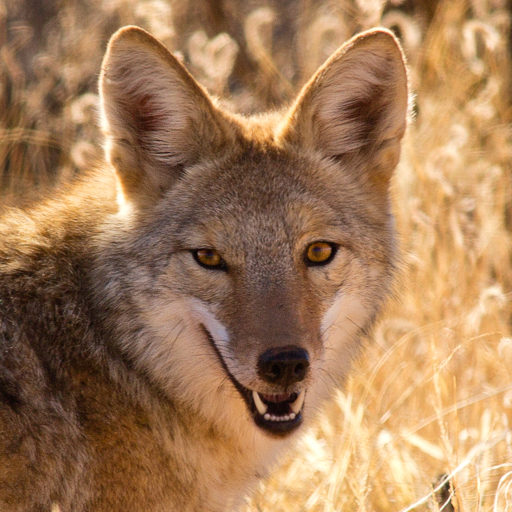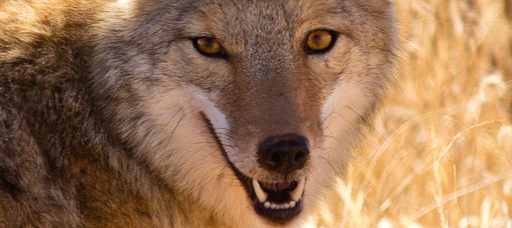.20 Dasher Initial Accuracy Testing and Load Work
The used barrel I bought from my friend came with 48 loaded rounds using Lapua brass, the 39 gr. Blitzking and a stout draught of RL-15. So the first groups I shot were with that load.

The two stray holes bottom center are the two shots it took to get a rough zero. The groups were then fired in the order labeled, 1 through 4, with scope adjustments made between each group. Groups #1 and #2 are three shot groups. Groups #3 and #4 are five shot groups.
An average of .342 for the two, three shot groups, avg. of .490 for the two, five shot groups. Doesn’t sound “too” bad. But, I’m always more interested in the worst groups than I am the best ones. It’s consistency and the average that I look for, not one good group now and then.
That last five shot group really sucked in nicely at .370. Five shot groups in the 3’s is about where I’d like to end up with this rifle. I won’t even keep a custom barrel in a varmint type chambering that can’t average below 1/2 MOA with five shot groups. But I really hope for an average in the mid to low 3’s from a custom heavy barreled colony varmint rig. At a .490 average for only two groups and one of them a big one at .610, I’m not real happy with the accuracy I’m seeing at this point.
4550 FPS – But Too Hot
So, looking at that big .610 group and with the average in mind, it’s nothing to brag about at this point. But, I know the bedding isn’t quite up to snuff just yet. And, I have to do more load work anyway. Because, these loaded rounds that came with the barrel are too hot!
These loads exhibited ejector marks, stiff bolt lift and chronographed at 4550 feet per second. I’d love to run this thing at 4500+ with 39 BK’s but it’s not worth running hot loads to get there. And the accuracy was not really that great either.
So, back home I went to pull the bullets from the remaining loaded rounds and start working up a new load.
Dies And Working Up a New Load
I ordered up a set of Redding .22 Dasher Type S bushing dies to work with. Note, yes – I ordered .22 dies and this is a .20 I’m working with here. But the .22 Dasher die set was an in stock item and the .20 version would have been a custom order and more expensive. I’ve used .22 caliber dies to work with both the .20BR and the .20-250 in the past with complete success, so I was fine with getting the .22 Dasher dies for this .20.
The set I ordered includes a Type S bushing neck sizing die, a body die and a competition seater.
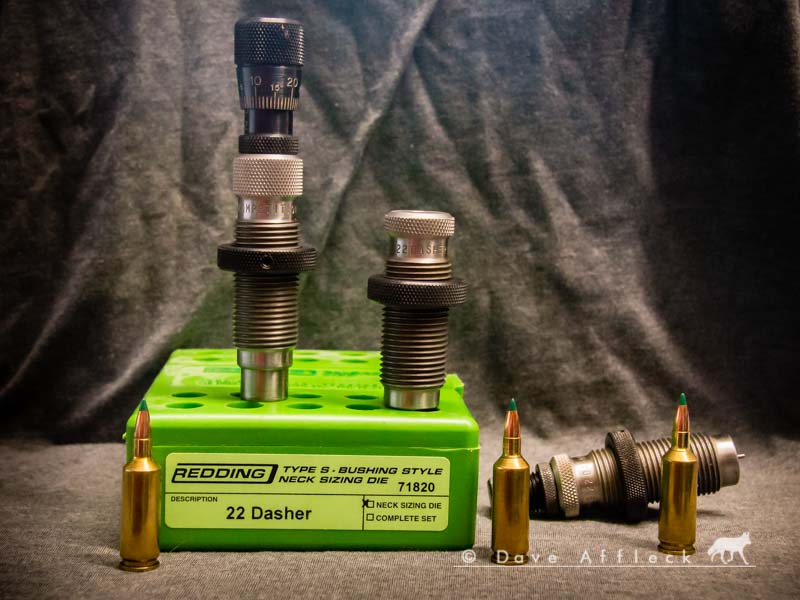
To use the neck die I simply insert the appropriate size bushing for the .20 caliber neck and file down the knurling on the de-capping pin keeper slightly so it passes cleanly through the .20 caliber neck. Note, I never use the expander button, only the de-capping pin keeper. For bullet seating, I use the .22 caliber seating die as is and get superb concentricity with no modification to the die. The body die, for shoulder bump or FL sizing as needed, has an open top and will work the same for a .20 as it would for a .22.
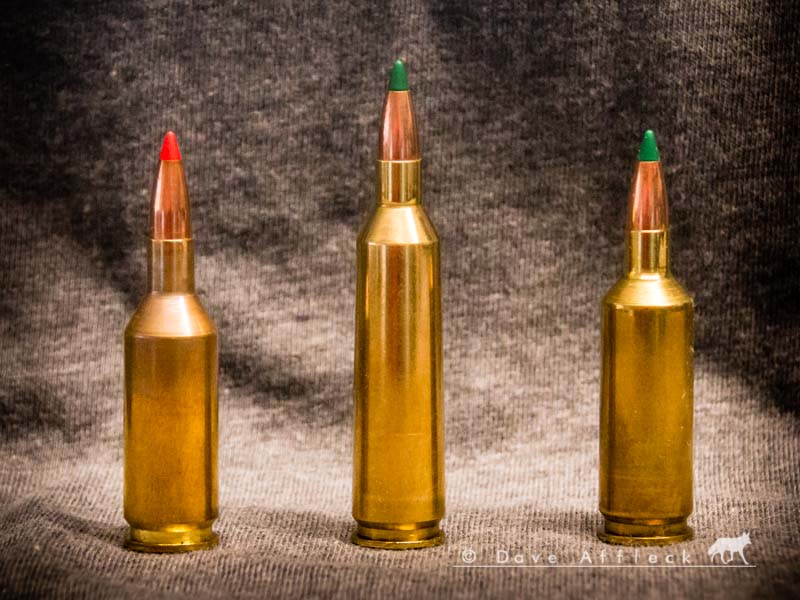
Back at the range, I stayed with the 39 gr. Blitzking, with seating depth adjusted for firm contact with the lands, and worked up to max with several powders using a quick and dirty rapid load development method I have outlined before. Of the several powders tested, VV N540 had the highest velocity and also seemed to show the best accuracy potential. So I quickly went with N540 and the powder charge with highest velocity before reaching any pressure indications and started accuracy testing that load with five shot groups.
For three, five shot groups, this load averaged .385 accuracy, with the worst group at .425. Velocity averaged 4345 fps. Three, five shot groups all well under a half inch and velocity in the mid 4300’s, I called it good! I do believe there is more accuracy still on the table. High 3’s is “okay” for a rig like this, but I think that when I get around to re-bedding the rifle the accuracy will probably improve slightly. Working with seating depth may show some improvement too, as may powder charge adjustment or even trying another bullet. After the bedding is eventually re-done I’ll go back and do more serious load tuning and see if I can get it into the mid to low 3’s. Maybe it will, maybe it won’t. But for now, I’m calling it done after just a quick and dirty load work up.
.20 Dasher In The Field
I have been able to get out twice now and shoot several dozen rock chucks with The Mongrel. The trajectory is just amazingly flat! Hits come easy with this rifle. My first shot with it was a called head shot on a ‘chuck at a lasered 360 yards.

The longest shot so far came the next time out with the rifle. After missing his first shot and getting a wind correction from his faithful spotter (me) my partner Tim plucked two chucks off the same rock with his next two shots, at a lasered 605 yards.
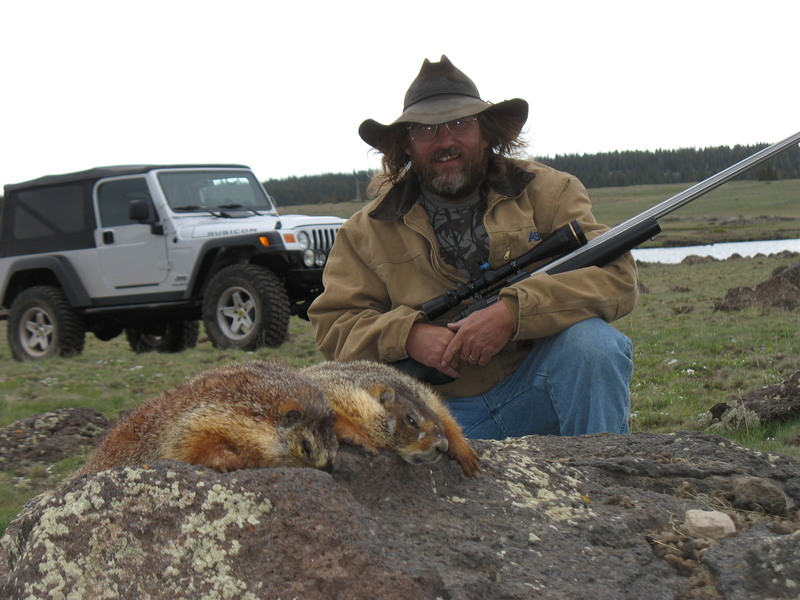
Later that same day I made my longest shots so far with The Mongrel, killing a pair of ‘chucks with one shot each at 480 yards.
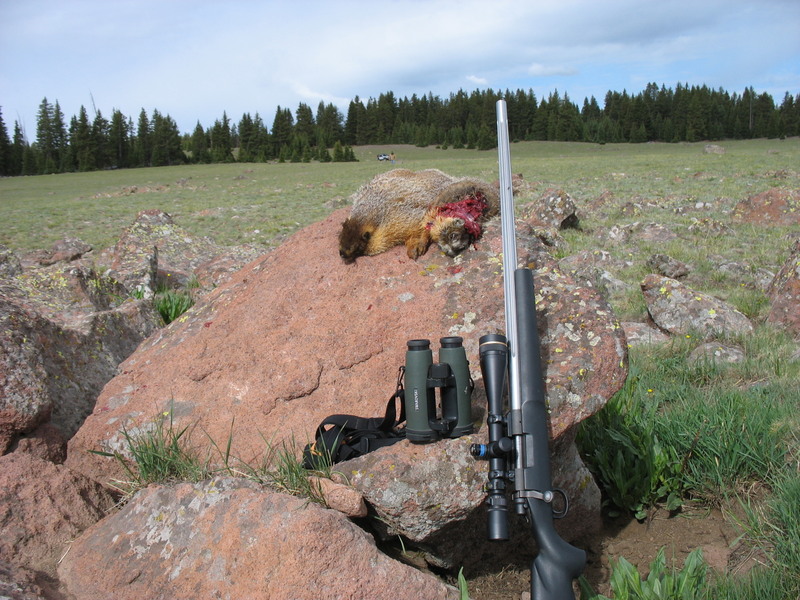
The project is a success! But not quite complete. I need to re-do the bedding and spend more time at the range with load tuning. But, The Mongrel will hunt, as is!
– DAA

